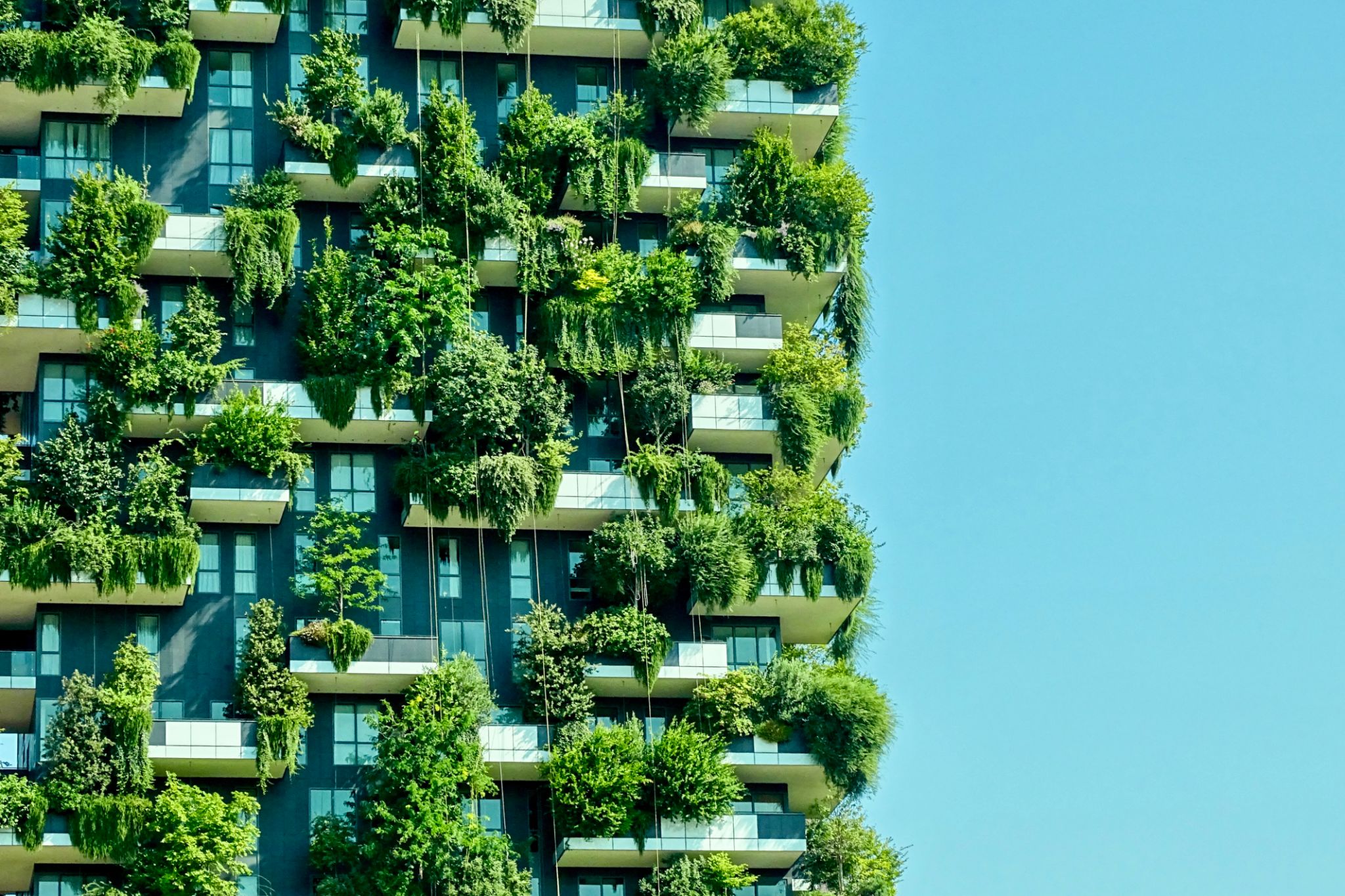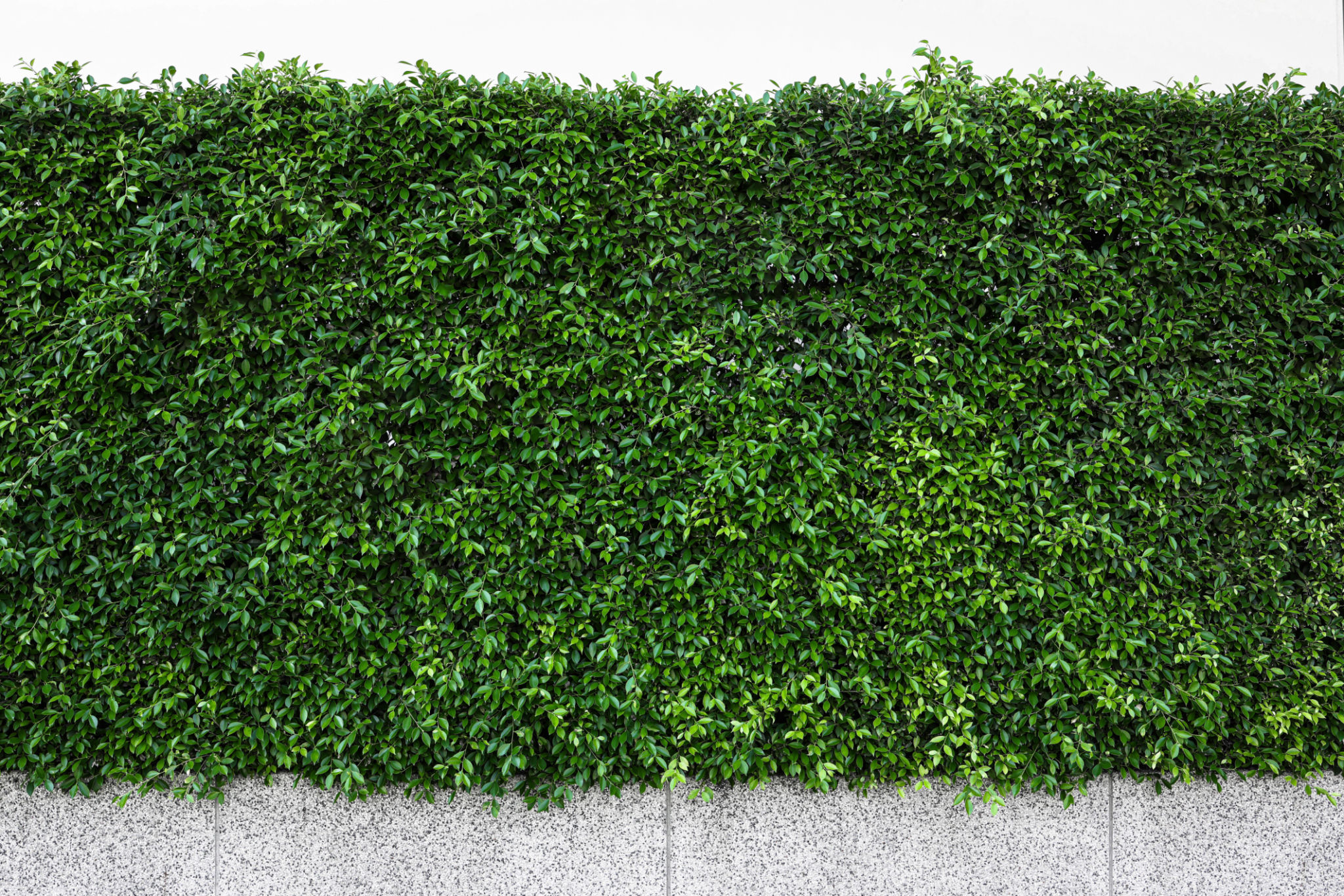Green Wall Innovations: How Nature’s Facade is Leading the Way in the MENA Region
Understanding Green Walls
Green walls, also known as living walls or vertical gardens, are an innovative approach to bringing nature into urban environments. These structures support various plant species on a vertical plane, offering numerous benefits ranging from aesthetic appeal to environmental impact. In the MENA region, where urbanization is rapidly transforming landscapes, green walls are emerging as a solution to integrate nature with modern infrastructure.

Benefits of Green Walls in Urban Areas
Green walls provide several advantages, especially in urban settings. They improve air quality by filtering pollutants and dust particles, which is crucial in densely populated areas. Additionally, they help in reducing urban heat by offering natural insulation and cooling effects. This can significantly decrease energy consumption in buildings, promoting a more sustainable urban environment.
Enhancing Urban Aesthetics
Apart from their environmental benefits, green walls enhance the visual appeal of urban spaces. They bring a touch of nature to otherwise concrete-dominated cityscapes, creating serene and beautiful environments for residents and visitors. This aesthetic improvement can boost property values and attract more tourists, contributing positively to local economies.

Innovations in Green Wall Technology
The MENA region is witnessing remarkable innovations in green wall technology. New systems are being developed to improve water efficiency, making it feasible to maintain these structures even in arid environments. Technological advancements in hydroponics and automated irrigation systems ensure that green walls can thrive with minimal water usage.
Integration with Smart City Concepts
Green walls are becoming integral to smart city initiatives across the MENA region. By integrating sensors and IoT technology, these structures can provide real-time data on environmental conditions such as air quality and temperature. This integration not only enhances the functionality of green walls but also contributes to the broader goals of creating intelligent and sustainable urban areas.

Challenges and Opportunities
Despite their benefits, implementing green walls in the MENA region comes with challenges. Water scarcity and high temperatures pose significant hurdles. However, these challenges also present opportunities for innovation. Developing drought-resistant plant species and efficient irrigation systems can make green walls more viable in this region.
The Role of Policy and Community Involvement
Supportive policies and community involvement are crucial for the success of green wall projects. Governments can incentivize the adoption of green walls through subsidies or tax deductions. Meanwhile, community engagement initiatives can raise awareness about their benefits, encouraging wider acceptance and participation in maintaining these natural installations.
The Future of Green Walls in MENA
The future of green walls in the MENA region looks promising as urban planners and developers increasingly recognize their potential. With continued innovation and strategic implementation, green walls could become a staple feature of the region's urban landscape, contributing to more sustainable cities.

As the world gravitates towards sustainable development, the MENA region is poised to lead in integrating nature into urban planning. By embracing green wall innovations, cities can promote environmental health, enhance urban aesthetics, and create a better quality of life for their inhabitants.